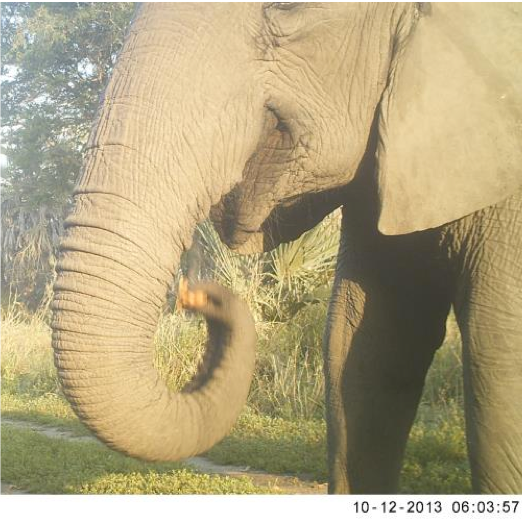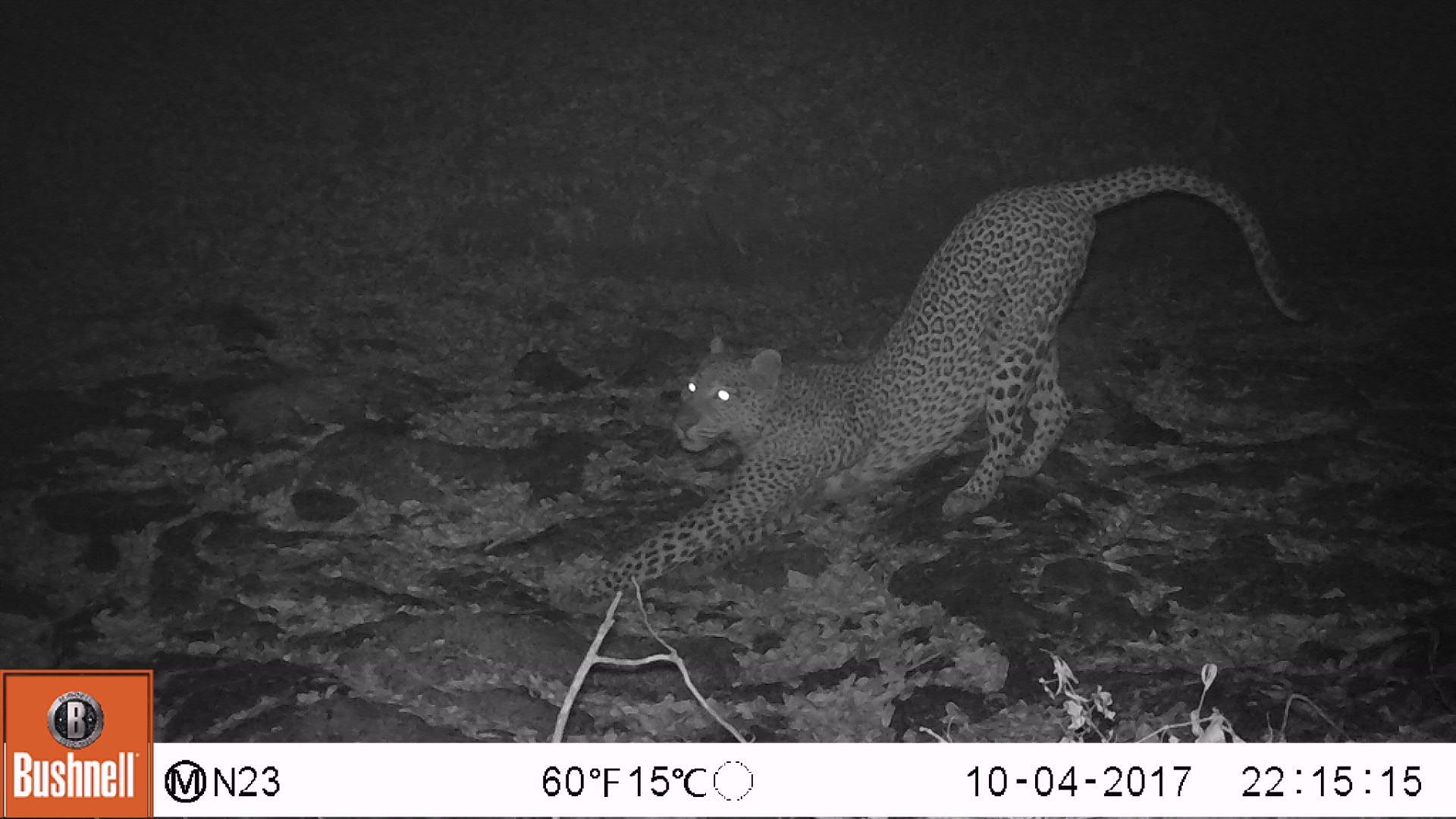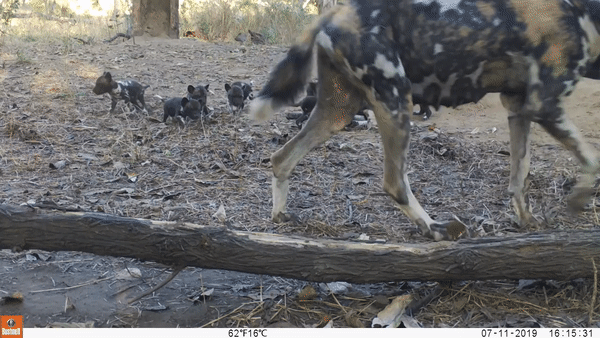From the organization:Snapshot Safari
Finished! Looks like this project is out of data at the moment!
Welcome! This project recently migrated onto Zooniverse’s new architecture. For details, see here.
Results
Wildlife Research
Influence of roads and settlements on elephant activity
 | As the human footprint expands worldwide, people and wildlife are coming into greater contact, and areas of human activity may be simultaneously associated with risk and reward for animals. To avoid human threats while exploiting opportunities, animals may adjust their spatiotemporal activity, using areas of anthropogenic disturbance at night when people are less active. We combined four camera trap datasets from Mozambique's Gorongosa National Park to evaluate the effects of roads and settlement on diel activity patterns of elephants (Loxodonta africana). We found high rates of elephant activity along the boundary of the park, where elephants can access cultivated crops, and along roads, which serve as movement corridors. However, elephants restricted their activity to the night and crepuscular periods in these areas of human disturbance, seeking refuge in the interior of the park away from roads and settlements during the day. Our findings suggest that a history of killing and antagonism has instilled a fear of humans in this elephant population, with implications for research, tourism and human–elephant coexistence. Our study highlights the utility of camera traps in monitoring human–wildlife conflict and habituation. |
| Read more in our paper in the African Journal of Ecology! Effects of human settlement and roads on diel activity patterns of elephants (Loxodonta africana) |
Biodiversity surveys
Our camera traps have documented the presence of exciting new species in and around the park, including spotted hyena, zorilla, and leopard.
 | Leopard on Camera: Despite a recovering lion population, abundant prey and suitable habitat, for more than a decade, Africa's most elusive cat - the leopard - has shown little sign of existing in the Park. Leopard have been spotted on camera in Levas Flor, a forestry site outside the park (see picture at left). In 2018, camera traps have been able to document the first indication of leopard activity in the park for over a decade! Read more! |
Future Directions
Wild Dog Reintroductions Monitoring
African wild dogs were reintroduced to Gorongosa National Park in 2018 (Read more!), and we are using camera traps to monitor their recovery. We are also interested to see how the prey population responds to the presence of this new predator on the landscape! Help us classify the newest batch of data and we can see how this restoration unfolds together.
